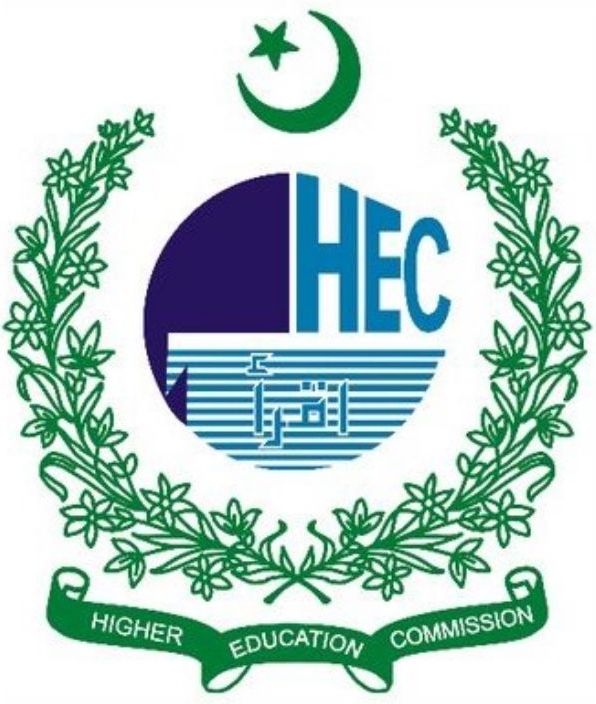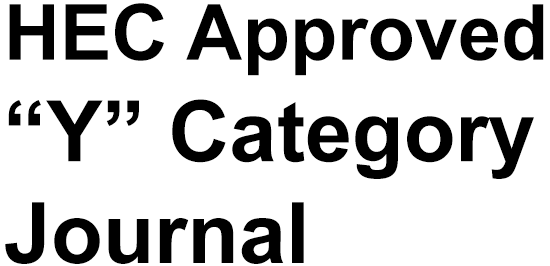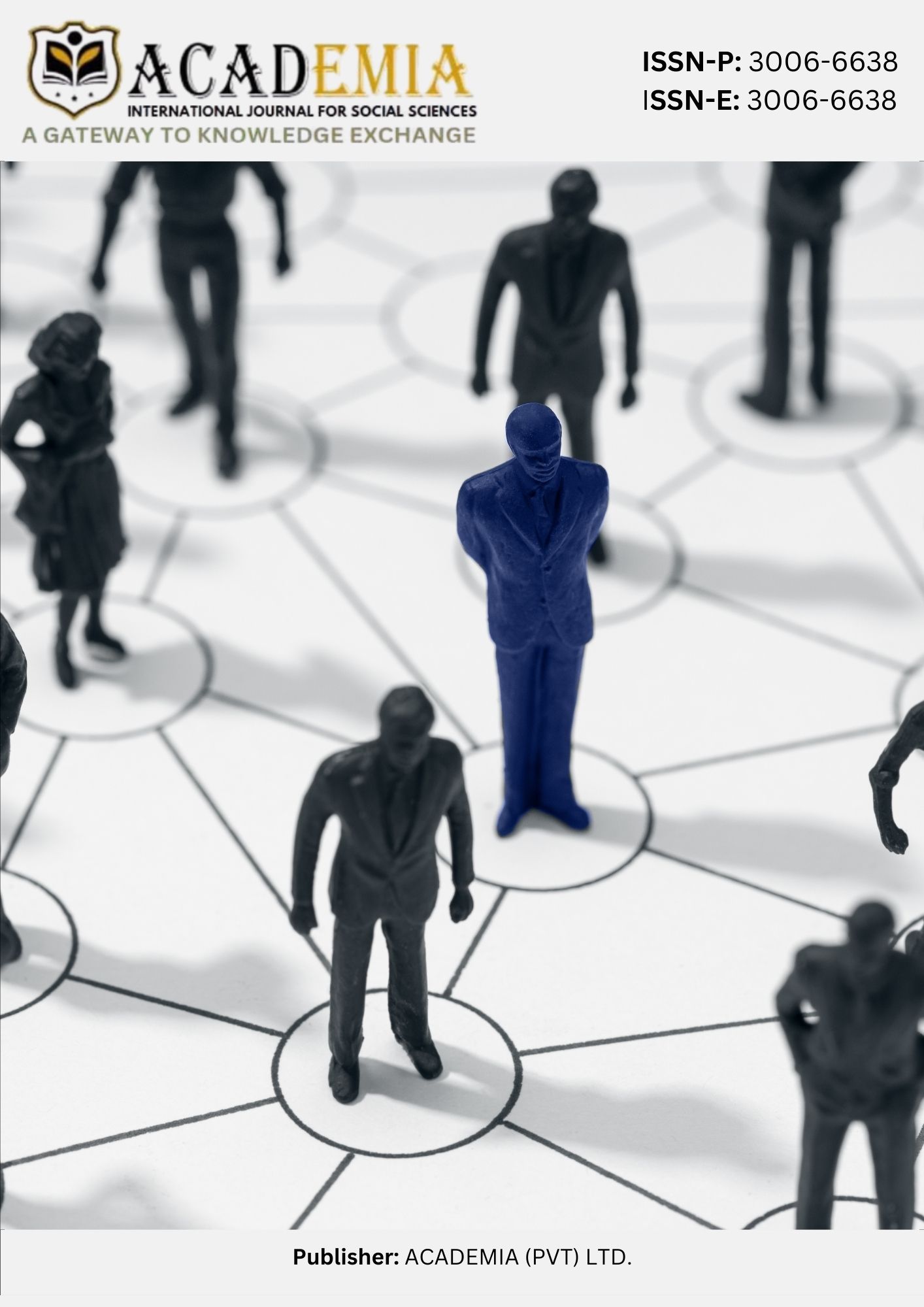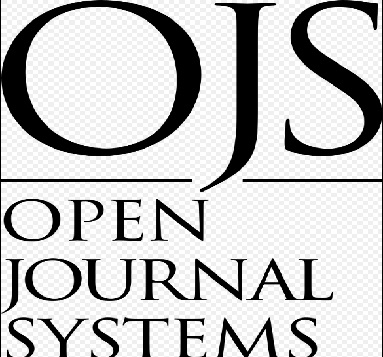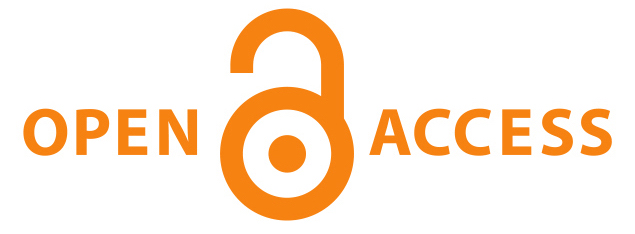Quantifying the Impact of Dot Balls on Winning Probability in T20 Cricket
DOI:
https://doi.org/10.63056/ACAD.004.03.0765Keywords:
T20 cricket, dot balls, rotation of strikes, prevailing the match, overall performance analytics, final results prediction, gadget learningAbstract
Dot balls, defined as legal deliveries from which no runs are scored, represent a critical performance indicator in T20 cricket where efficiency on every ball determines outcomes. This study quantifies the influence of dot balls on winning probability by analyzing ball-by-ball data from 50 matches. Innings-level summaries were constructed to capture dot deliveries, total runs, wickets, and outcomes, while both statistical and machine learning models were applied to assess predictive strength. Descriptive results revealed that winning teams averaged 38 dot balls per innings compared with 45 for losing teams, reflecting a consistent performance gap. Phase-stage evaluation confirmed the section with the very best common decisive thing to be the Middle overs(7-15) in which the losers acquired almost 5 different dot deliveries in maximum cases. Looking on the outcomes of the logistic regression, it changed into located that 1 addition of dot balls lowers the probabilities of prevailing the primary vicinity through approximately thirteen percentage and on the equal time the random woodland fashions ranked dot balls as a medium however sizable predictor after the runs and wickets. The evaluation given the use of quartile in addition gave perception with the chances of win reducing strongly withinside the 2d lowest quantile constituted of seventy two percentage in least used dot balls; the pinnacle quantile of 29 percentage maximum used dot balls. These outcomes decide manage of dot-balls as a chief thing in participant fulfillment in T20 cricket in phrases of tactical importance of rotating strike and hitting a boundary.
Downloads
Published
Issue
Section
License
Copyright (c) 2025 Muhammad Ahmad, Roidar Khan, Rana Waseem Ahmad, Fazal Wahab, Saad Nizamani (Author)

This work is licensed under a Creative Commons Attribution 4.0 International License.


